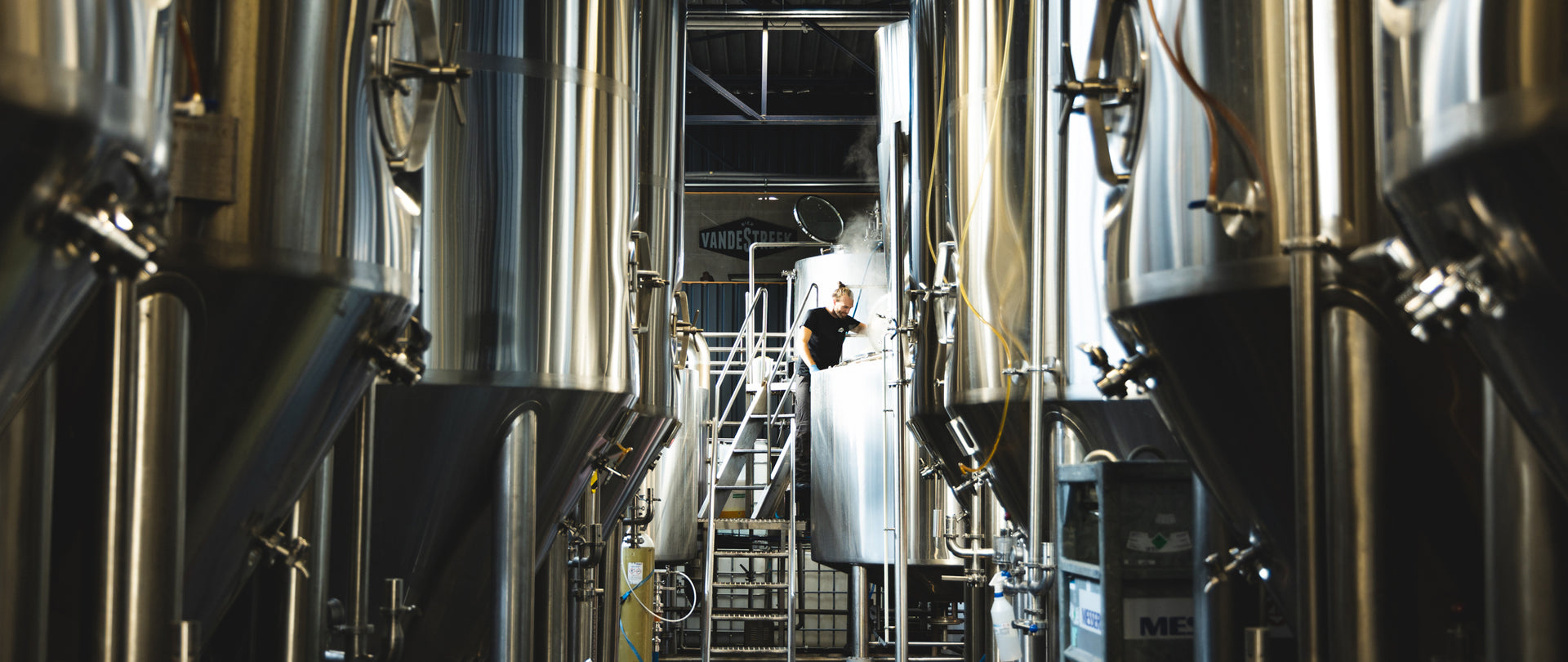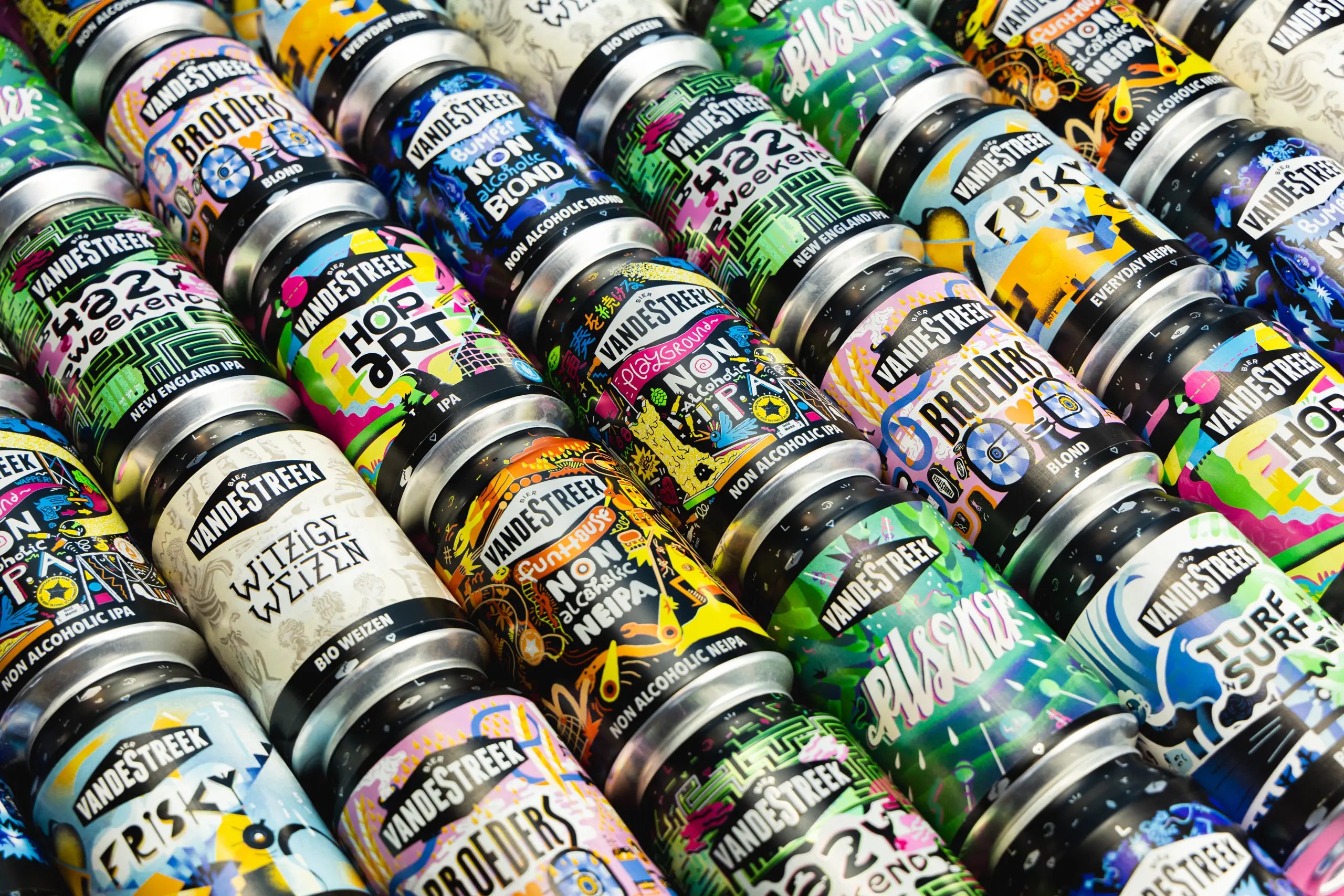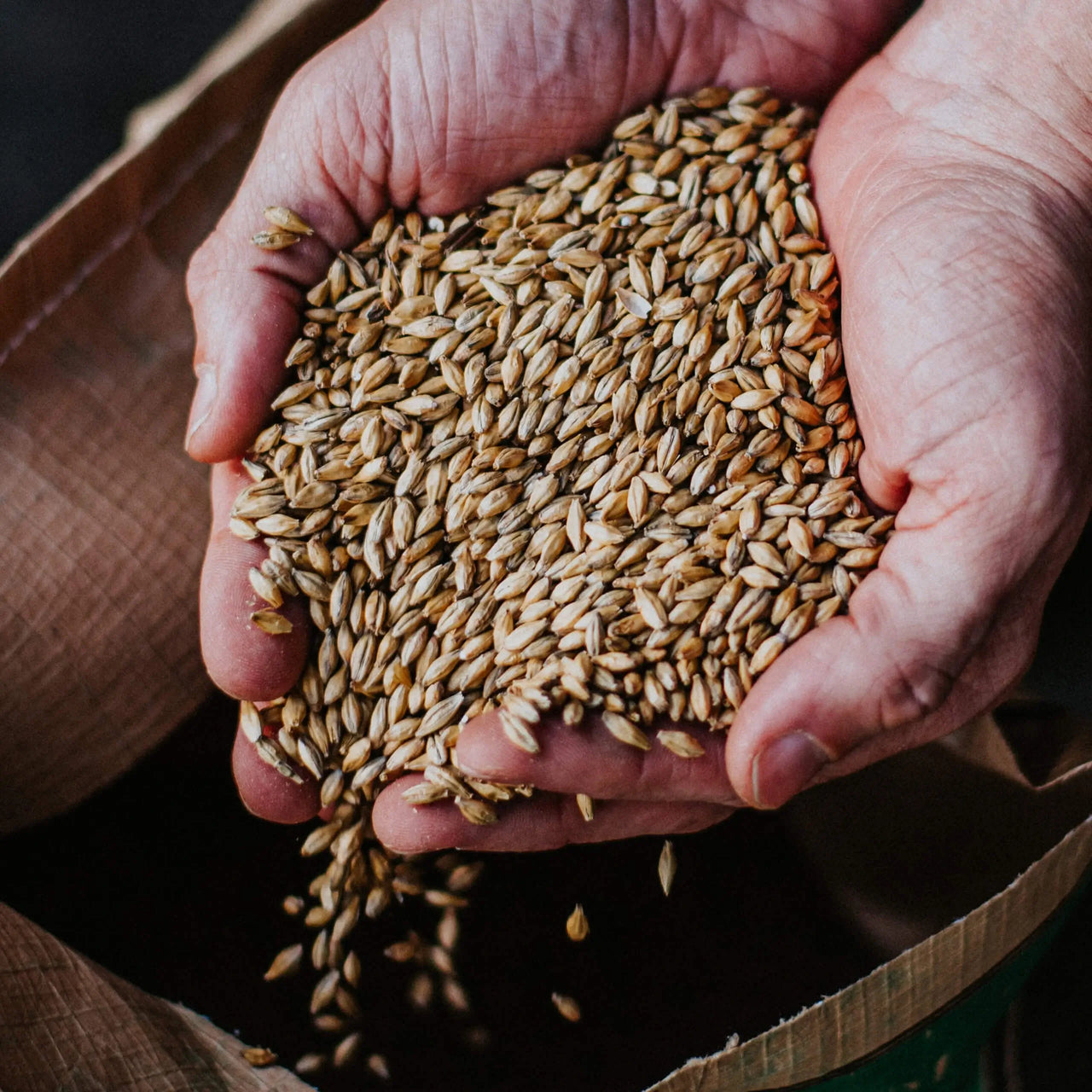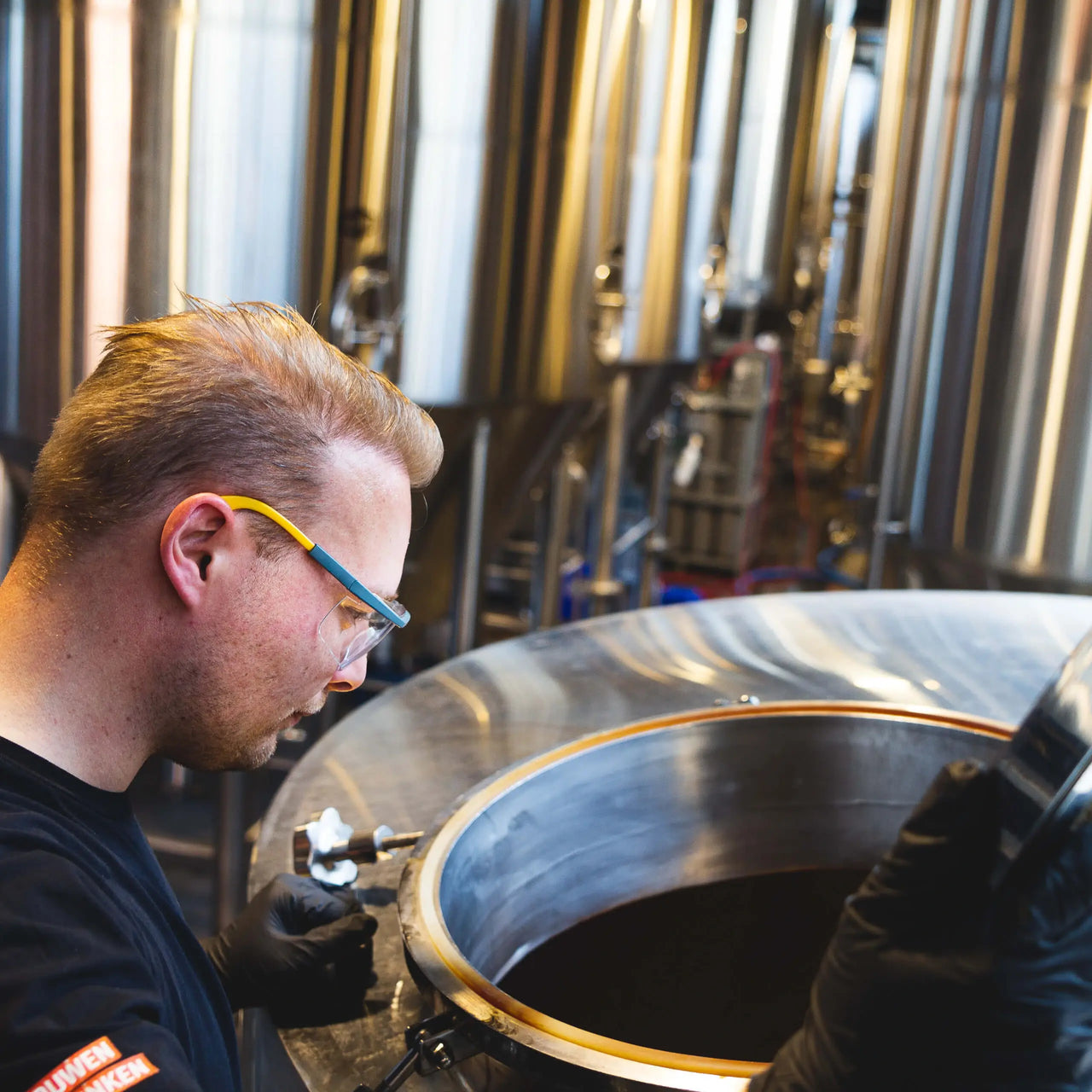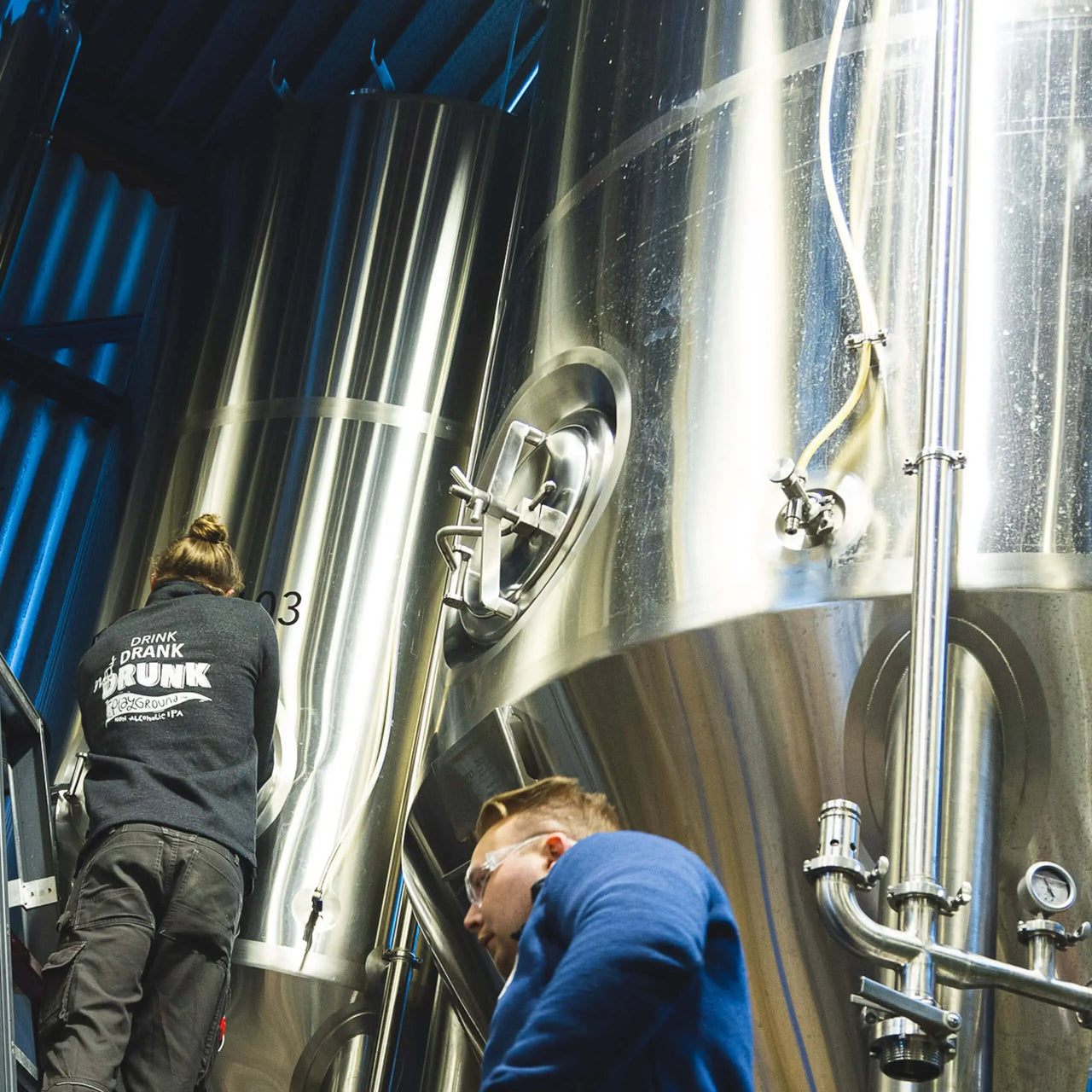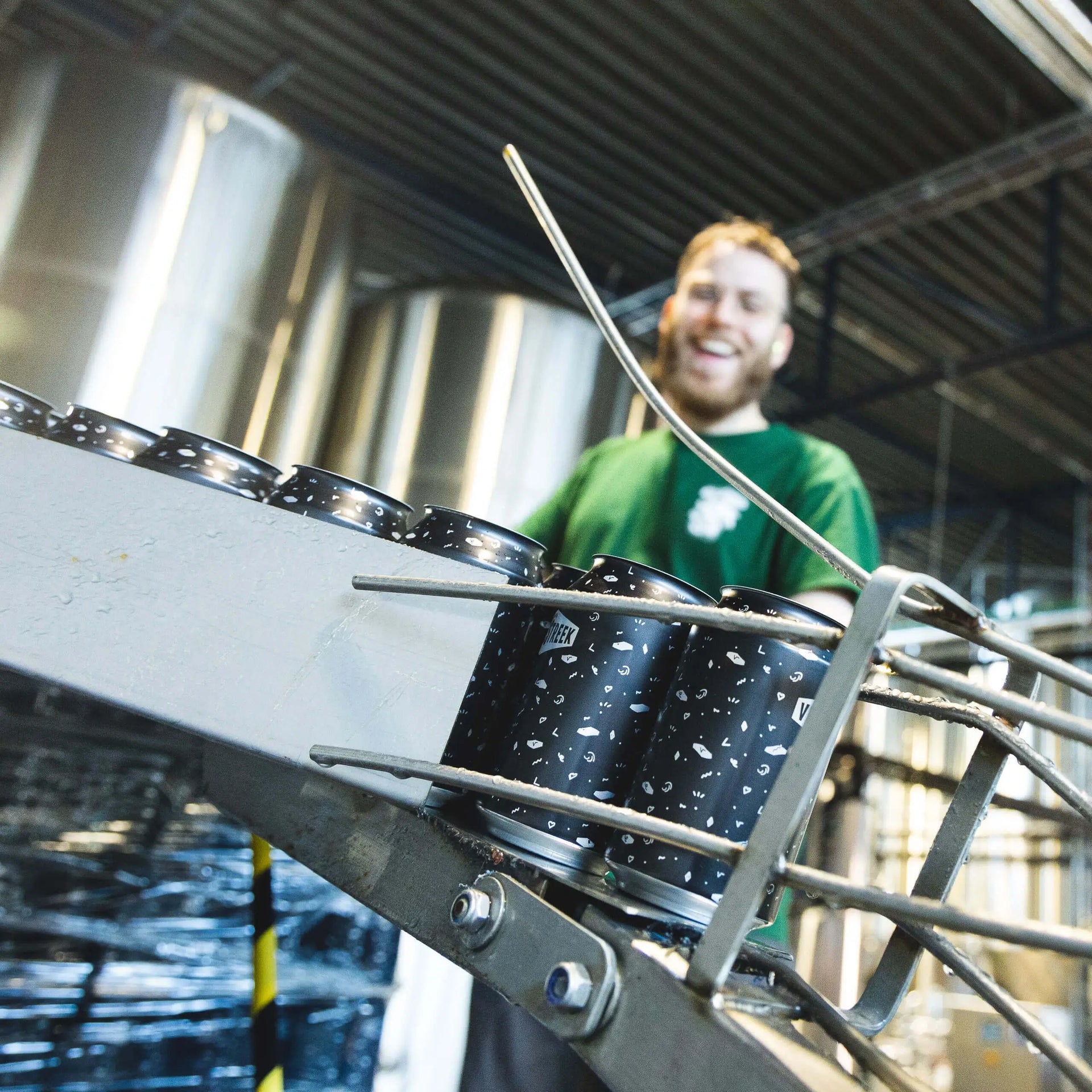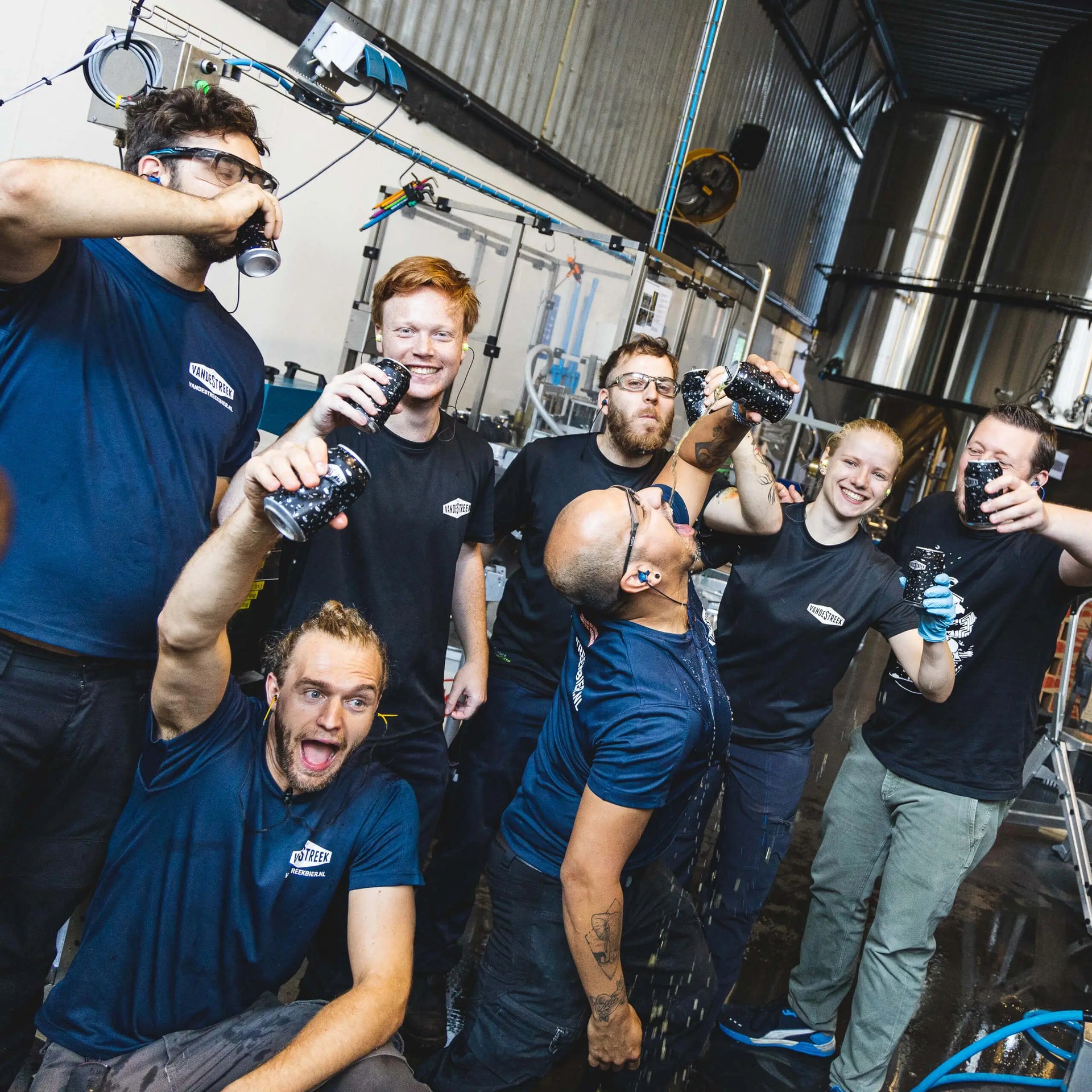Welcome to our playground
By using the simple ingredients of water, hops, malt and yeast, we brew beers full of flavor every day that everyone can enjoy. Sander and Ronald started brewing in the kitchen in 2010. VandeStreek beer is now an ever-growing group of professionals and fanatics who are busy perfecting our beers every day.
In our brewery we brew about 40 hectoliters per batch, or 13,000 cans of beer. Most days we brew multiple batches in a day to meet the huge demand. Would you like to order our beer to taste at home? Which can!
